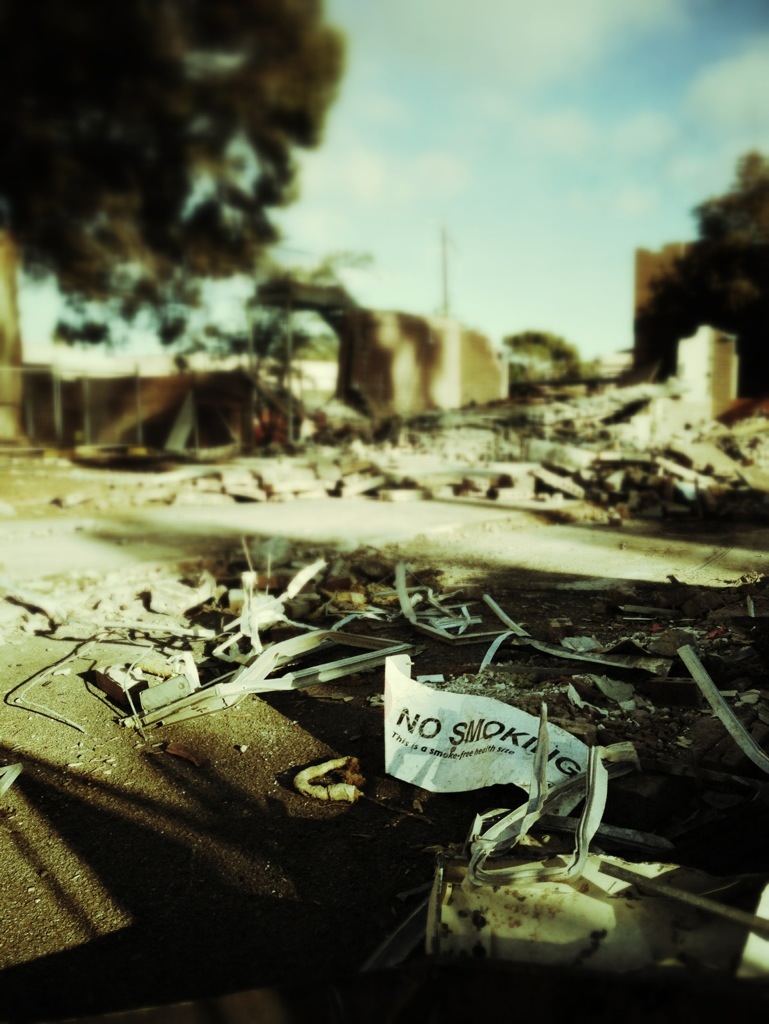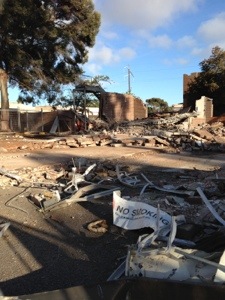How to create a Slow Motion Wedding Photo Booth
http://vimeo.com/72365593
I watched this wonderful video yesterday and came to wonder how easy it would be to recreate without a huge budget.
The guys who did this had access to a Red Epic which shoots HD up into hundreds of frames/second (This camera was used on Prometheus, Hobbit and the like)
Even they were limited (to 160fps) by a limit in the amount of light available.
These 160 fps videos are then played back at quarter speed.
So, what about that budget – There are going to be two problems.
1. finding an affordable camera with the right specifications
2. dealing with a requirement for serious amounts of light.
1. Finding a camera – Most consumer cameras with high frame rates or fps drop off in resolution as the frame rate climbs.
Interesting cameras to look at include;
Panasonic Lumix FZ200, which can shoot HD (720p) videos at 120fps and VGA-level (640 x 480) movies at 240fps
Nikon 1, which shoots 640 x 240 at 400fps
Sony A77, which shoots 1080 at 60fps for super smooth slow motion
Note, there are tricks employed by manufacturers to give higher frame rates. Lots of reviews should be read and tests performed in selecting your camera.
Make sure to consider file formats, access to bright lenses, high ISO performance, frame rate (fps), resolution etc.
Another thing to consider is the availability of software to interpolate between our frames.
This offers the advantage of increasing the range of cameras to choose from and presumably reducing the need for such high shutter speeds.
vision Effects’ Twixtor, a plug-in for Adobe’s After Effects, is the best-known program for creating slow-motion videos from standard footage. It can produce stunning results with the right sort of input, such as high-quality videos from a Nikon or Canon digital SLR.
Unfortunately, Twixtor costs more than most digital compacts (just over £200) while After Effects costs £911 at Amazon.co.uk. This is not a good option for amateurs.
However, anyone who fancies this sort of thing could try the free, open source slowmoVideo.
Jack Schofield
Friday 11 January 2013
Wanted: a cheap compact camera for shooting slow-motion videos
2. Lighting – We have a couple of ways to ensure we have enough lighting.
Being video we must have a continuous light source which ideally doesn’t run too hot (though our subjects won’t remain under lights for more than a minute or two.
It is difficult to describe what lights will be needed since a Sony A77 will be able to handle low light better than a Nikon 1 or Panasonic Lumix due to it’s clean high ISO
You might choose to spend a few dollars on some halogen work lights, but this is going to generate a ton of heat.
You might opt for LED, but this would prove expensive and you would need a lot of them.
You could go for the large banks of lights commonly used in TV Studios for the last couple of years.
You could even manufacture your own lights from a skip full of fluorescent lights.
Problems to solve here include cost, brightness, running cost, convenience (size/weight), suitability (flouroscent lights may cause flickering on video).
This whole area is a bit of a minefield and since your camera, budget and needs will be different to the next person, you will simply need to experiment until you find a solution.
Luckily, here in Australia, we have copious amounts of continuous daylight.
A large scrim or diffuser (or even a large white outdoor tent) might be all we need to get started.



